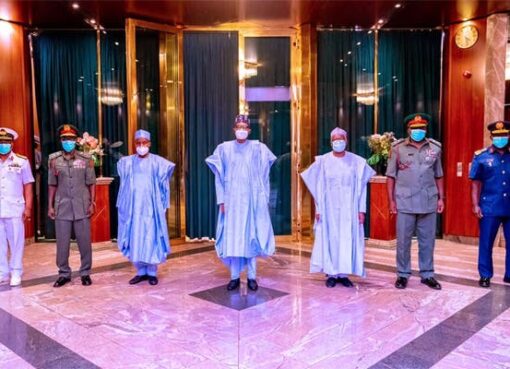By Cheryl Pellerin – DoD News
WASHINGTON — United States Defense Advanced Research Projects Agency is making available to military amputees the first production versions of groundbreaking upper-limb prosthesis, according to a DARPA press release.
Dr. Justin Sanchez, director of DARPA’s Biological Technologies Office, delivered the first two advanced “LUKE” arms from a new production line during a ceremony yesterday — evidence that the fast-track DARPA research effort has completed its transition into a commercial enterprise, DARPA officials said.
The ceremony took place at Walter Reed National Military Medical Center in Bethesda, Maryland.
“The commercial production and availability of these remarkable arms for patients marks a major milestone in the [DARPA] Revolutionizing Prosthetics program and most importantly an opportunity for our wounded warriors to enjoy a major enhancement in their quality of life,” Sanchez said, “and we are not stopping here.”
The RP program is supporting initial production of the bionic arms and is making progress restoring upper-arm control, he added.
“Ultimately we envision these limbs providing even greater dexterity and highly refined sensory experiences by connecting them directly to users’ peripheral and central nervous systems,” Sanchez said.
Arms for Service Members
As part of the production transition process, DARPA is collaborating with Walter Reed to make the bionic arms available to service members and veterans who are rehabilitating after suffering upper-limb loss, DARPA says.
LUKE stands for “life under kinetic evolution” but is also a passing reference to the limb that Luke Skywalker wore in Star Wars: Episode V, The Empire Strikes Back.
The limbs are being manufactured by Mobius Bionics LLC, of Manchester, New Hampshire, a company created to market the technology developed by DEKA Integrated Solutions Corp., also of Manchester, under DARPA’s Revolutionizing Prosthetics program.
The prosthetic system allows very dexterous arm and hand movement with grip force feedback through a simple intuitive control system, DARPA says.
The modular battery-powered limb is near-natural size and weight. Its hand has six user-chosen grips and an arm that allows for simultaneous control of multiple joints using inputs that include wireless signals generated by innovative sensors worn on a user’s feet.
Revolutionizing Prosthetics
The technology that powers prosthetic legs has advanced steadily over the past two decades but prosthetic arms and hands are a tougher challenge, in part because of the need for greater degrees of dexterity, DARPA says.
When the LUKE arm first went into development, people who had lost upper limbs had to use a relatively primitive split-hook device that hadn’t changed much since it was introduced in 1912.
DARPA launched the Revolutionizing Prosthetics program with a goal of getting U.S. Food and Drug Administration approval for an advanced electromechanical prosthetic upper limb with near-natural control that enhances independence and improves quality of life for amputees. LUKE received FDA approval less than eight years after the effort began, DARPA says.
Under a recently finalized agreement between DARPA and Walter Reed, DARPA will transfer LUKE arms from an initial production run to the medical center for prescription to patients. Mobius Bionics will train the Walter Reed staff to fit service and support the arms.
(Follow Cheryl Pellerin on Twitter: @PellerinDoDNews)





